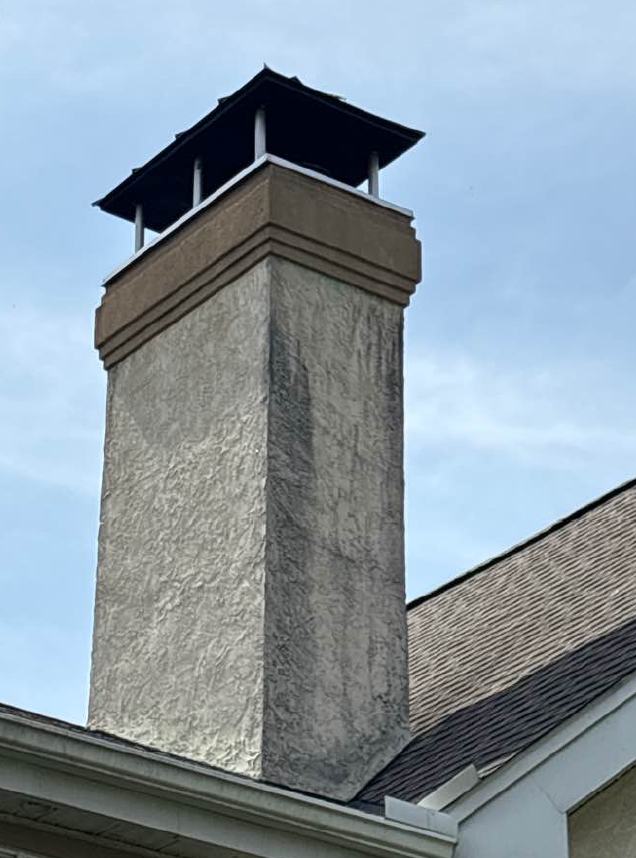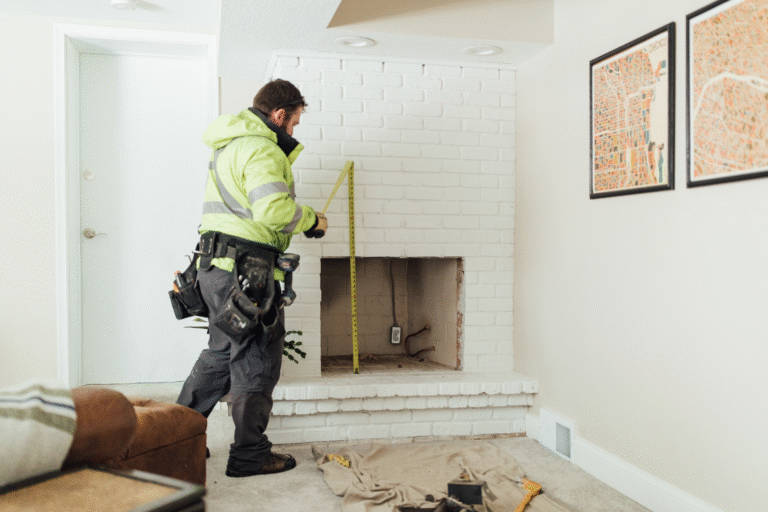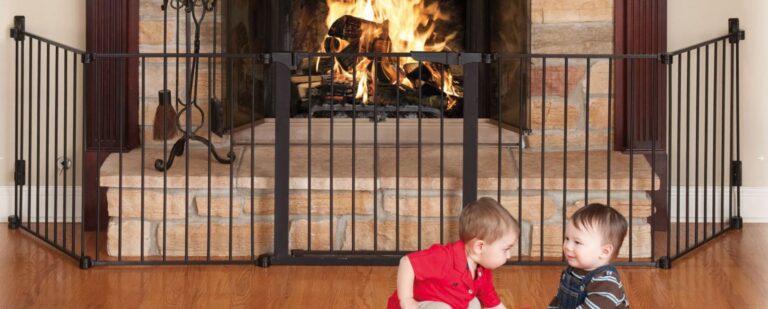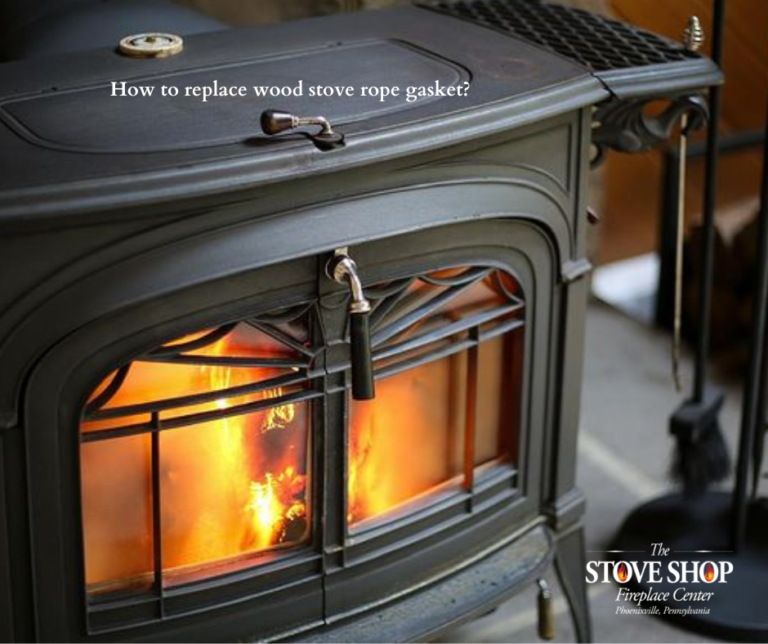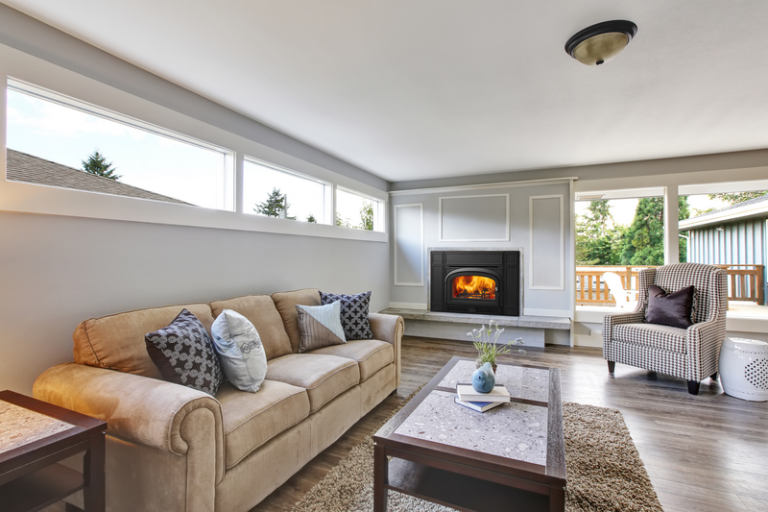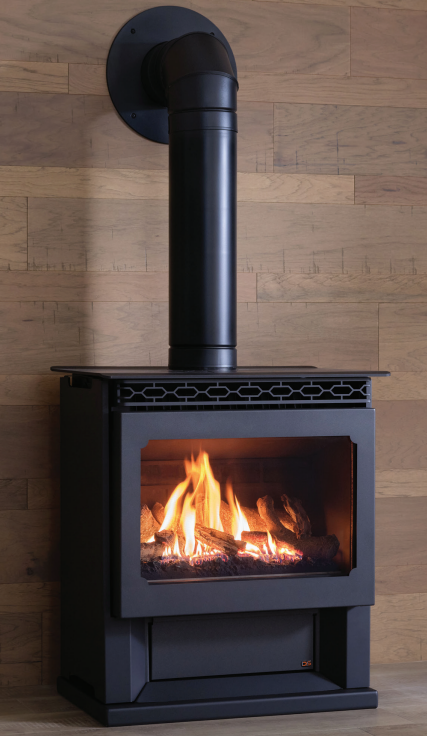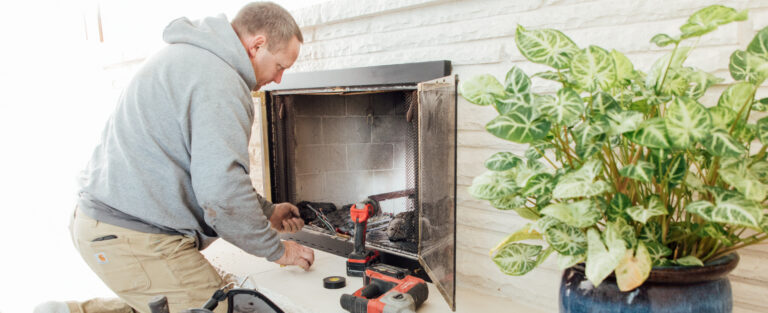Understanding what the 3‑2‑10 Rule Means
3 feet above the roof surface at the chimney’s shortest side (facing uphill).
2 feet higher than any structure or roof portion within a 10‑foot horizontal radius.
This applies whether it’s a dormer, another roof plane, or nearby houses
This isn’t just code, it’s physics. Adequate height ensures draft stability, prevents downdrafts, and stops embers from landing on the roof.
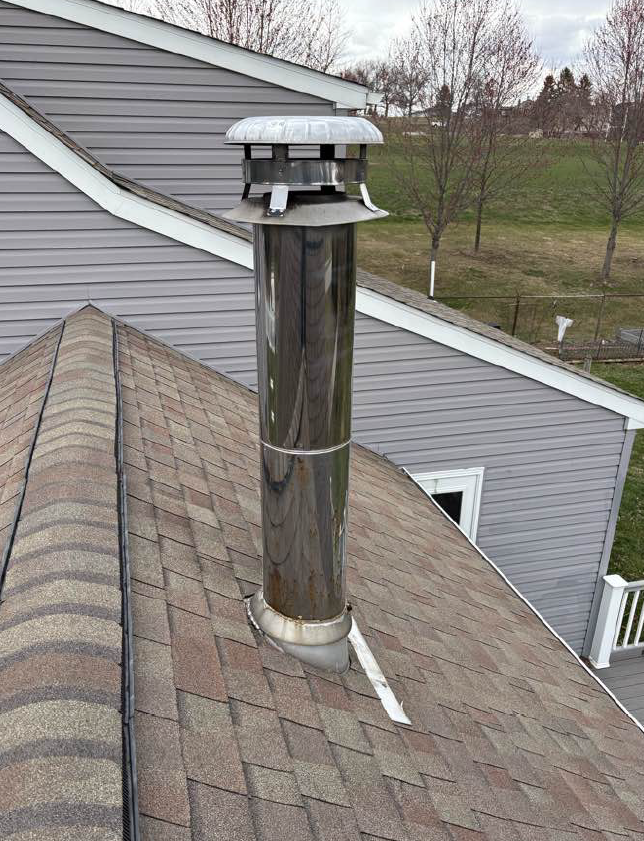
Why the 3-2-10 Rule Matters?
Prevents back‑drafting: Helps smoke rise cleanly and away from the structure.
Improves performance: Proper draft means hotter, more efficient burns and less creosote buildup.
Avoids fire hazards: Ember clearance reduces the risk of fires on roofs or adjacent structures.
While some installations may “work” at minimal height, best practice is to go taller, especially if you have offsets, elbows, or a long chase.
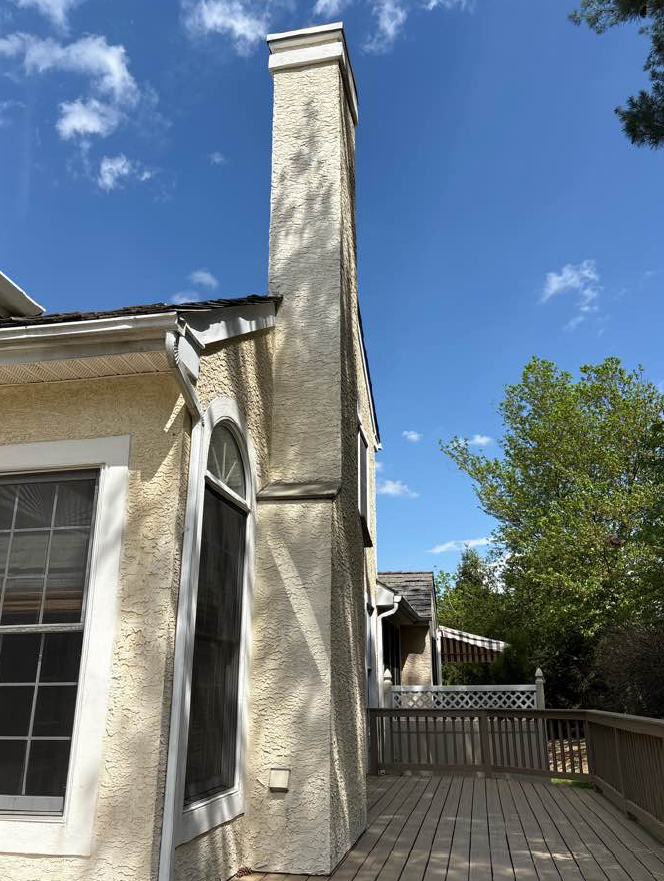
How to Calculate Your Chimney Height?
Measure pitch: Get your roof’s rise/run (e.g., 7:12 means 7″ rise per foot).
Determine horizontal distance: Measure from chimney penetration to nearest roof peak or structure; if ≥10 ft, use 10 ft.
Compute rise: Multiply rise/run (in inches) × horizontal feet = rise.
Add 2 feet (24″) for the 3‑2‑10 rule.
Ensure final height ≥ 3 ft above the roof at the chimney.
Example: A 7:12 roof, chimney 10 ft from peak → 7 × 10 = 70″; add 24″ = 94″ (7’10”) above roof.
Beyond the Basics: When to Go Higher
Offsets & elbows: More bends = more resistance; boost chimney height.
Elevation sensitivity: High-altitude homes need taller stacks for consistent draft.
Manufacturer requirements: Stove manuals often call for a minimum total height; always meet or exceed.
Next Steps for Homeowners
Map your roof: Mark your stove location, roof pitch, and nearby structures.
Do the math using the steps above or ask a chimney professional for a confirmatory assessment.
Check your stove manual for any extra height requirements.
Plan for a roof brace if your chimney height exceeds 5 ft above the roof.
Get your chimney swept yearly to monitor for creosote buildup or structural issues. If you need more than just a sweep, get a Level 2 chimney inspection.
Dive Deeper into Hearth Safety
To expand your wood‑burning knowledge, explore these related articles:
The 3‑2‑10 rule is more than just a code, it’s a foundation for safe, efficient, and compliant wood burning. Done right, it preserves your home, optimizes performance, and ensures peace of mind. If you have any questions, please contact us at The Stove Shop Fireplace Experts in Phoenixville, PA.
